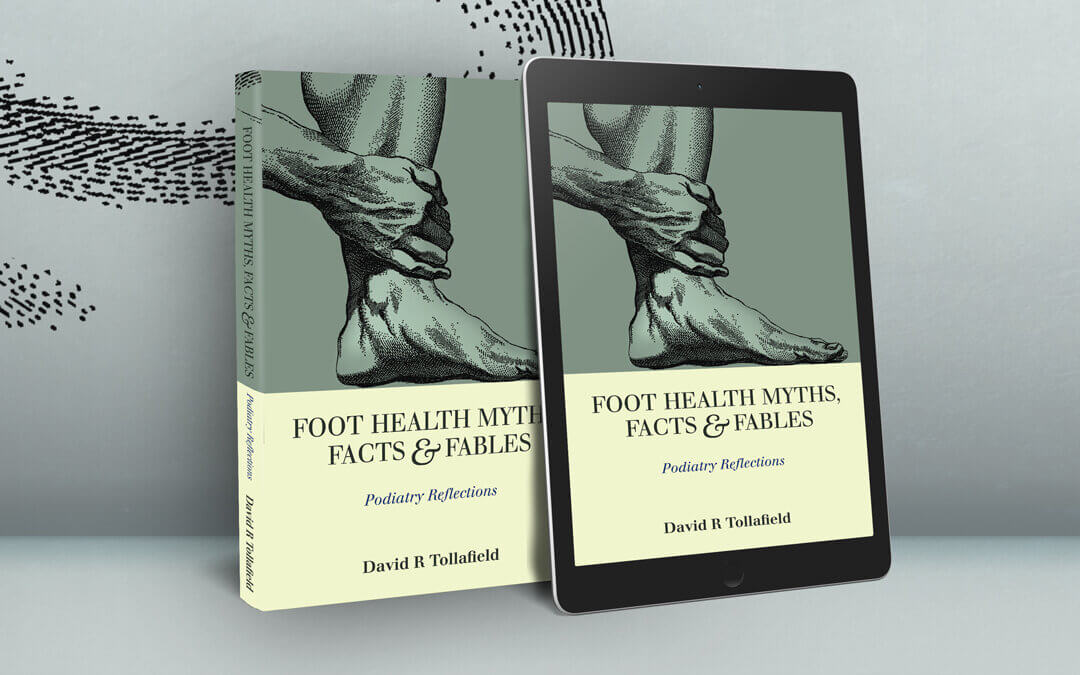If you like reading tales
Foot Health Myths, Facts & Fables
When awaiting to start podiatry college in 1975, I was given a book list that was so unhelpful, uninspiring, demotivating and completely unintelligible as irrelevant to any understanding of the foot, the profession and foot disease. Why I enrolled with such a poor impression I can only put down to serendipity. From this small acorn, I held out, graduated and 40+ years later, after a successful career in a wonderful profession, being able to contribute to those who flounder when making that seminal career decision was and is my aim. Look no further if you cannot fathom our feet or the profession dedicated to such matters. READ MORE BELOW…
Published by Busypencilcase Reflective Communications. Est. 2015


Trackbacks/Pingbacks